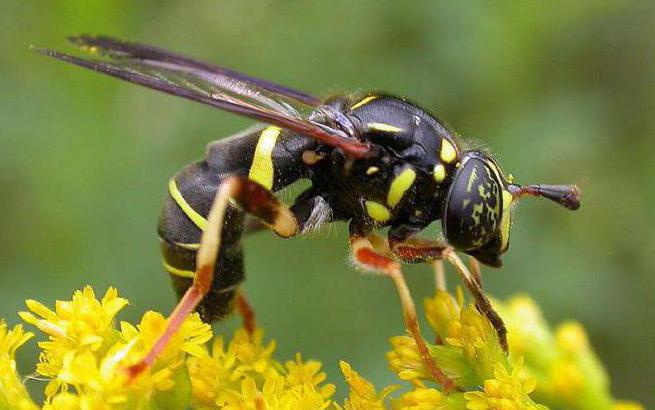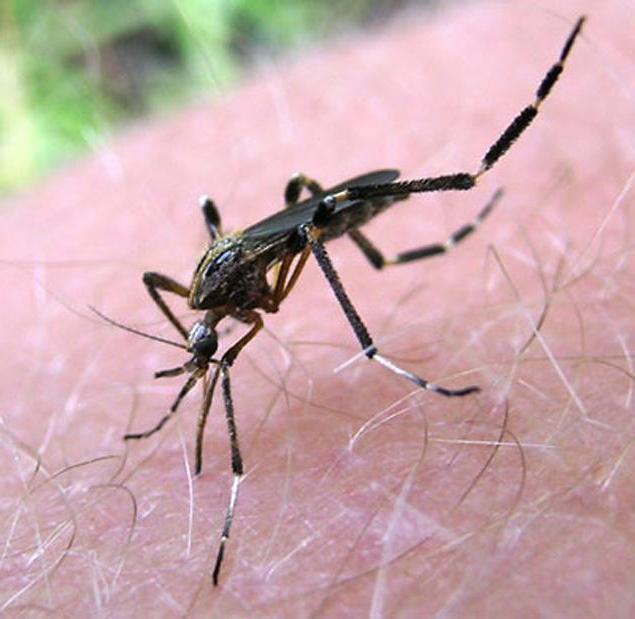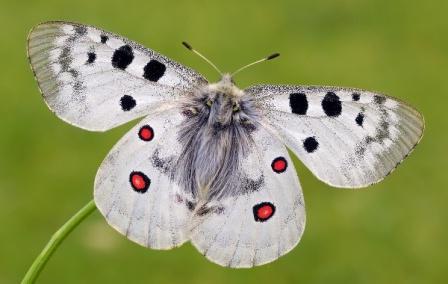Class Insects
The world of insects is known to man long ago. Even in the rock paintings (twenty thousand years ago), images of bees were found, and the cultivation of a silk worm in China was practiced five thousand years ago. Even in Ancient Egypt, the sacred symbol of which was a scarab beetle, there are inscriptions on the invasion of locusts.
Class Insects is one of the mostnumerous. If you carefully consider the body of an insect, you can observe a clear division: the head, chest, abdomen. A pair of tendrils that are sensory organs, a pair of eyes and a mouthpiece are located on the head. Each of the three segments of the thoracic region is endowed with a pair of legs. The back side of the two segments is provided with one, and sometimes two pairs of wings. The abdomen of any specimen representing Insect class is also divided into segments, which can be from six to twelve.
Gipoderma, which is located immediately under the chitin,covering the body from the outside, is made up of homogeneous cells, some of them are glandular. Chitin, which has a feature not to stretch, replaces the old layer with a new one, that is, a moulting process takes place. This process is very important with the growth of an insect.
The class of insects is distinguished by a complex oral device consisting of upper and lower jaws, upper and lower lips, and also a tongue that is a chitinous protrusion of the bottom of the oral cavity.
Oral apparatus of insects can be of several types: in beetles it is gnawing, in flies it is licking, for butterflies it sucks, and for mosquitoes and fleas it is piercing-sucking.
The respiratory organs are the trachea, they supply the tissues with oxygen. Up to ten pairs of respiratory holes are located on the side parts of the body of the insect.
Weak development of the circulatory system is associated witha special structure of respiratory organs. The nervous system, on the other hand, has a high level of development. There are three sections of the "brain" - the front, middle and back.
Creatures that represent the class Insects,have well-developed sense organs. Sensitive hairs, which are present throughout the body, perform the function of the sense organs, and the antennae and mandibular palps are organs of smell. As for the hearing organs, some types of insects, grasshopper, for example, catch sounds with a third pair of legs. It is here, on the shins, and the organs of hearing are located. The eyes of insects of this class can be simple and complex. When there is a friction of the denticles of the upper wings on the thigh of the hind limbs, a sound characteristic of this or that insect appears.
As a rule, insects bring a lot to a personproblems. They are vectors and pathogens of various diseases. Because scientists have long been studying this class. The science that studies insects is called entomology. Today it is separated into a separate branch of biology, and this branch is developing at an unusually fast pace.
Entomology can be divided into severalindependent directions: general entomology, medical, forestry, veterinary, agricultural. A separate story with beekeeping and sericulture - they are very close to entomology.
In general, each direction of this science has its ownspecificity. For example, general entomology deals with the study of the main features of the structure of insects, both internal and external, by studying their way of life, development and reproduction, and by identifying their relationships with the environment.
Insects-pests and insects-pollinatorsfall into the field of attention of agricultural entomology. Scientists in this area are also developing ways to combat pests, in order to minimize the damage to agriculture.
Class Insects is huge and diverse. Its representatives live everywhere: soil and plants, air and water, as well as mountains and lowlands, deserts and snow - all this is their usual habitat.








